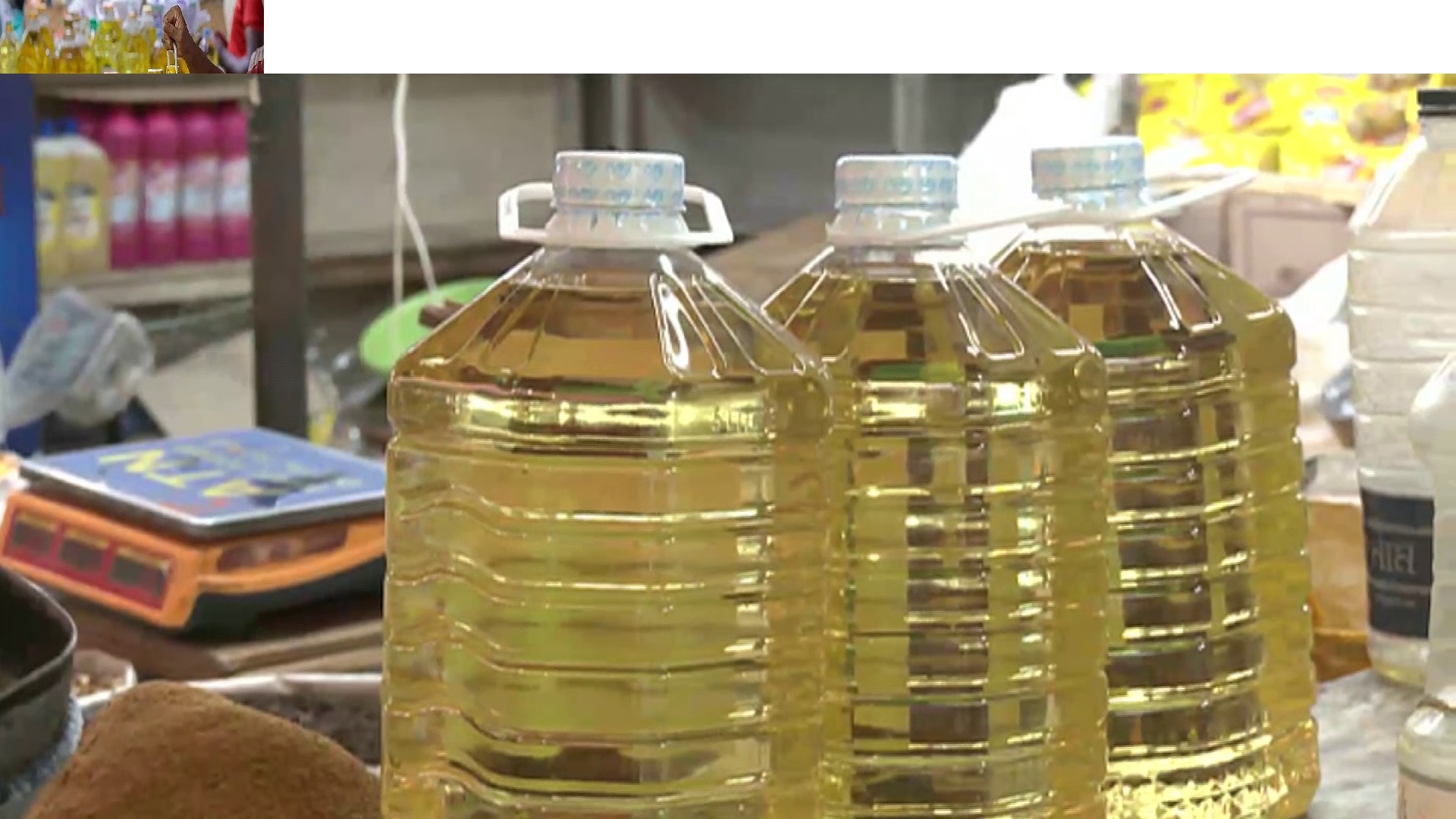The environmentally friendly and cost-effective bio-fertiliser is gaining popularity day by day in enhancing production of some specific crops, particularly legumes and edible oilseeds.
Sources said this type of fertiliser, i.e. microbial nutrient can increase crop yield by 15 to 150 per cent compared to what the urea can do alone.
Bangladesh Institute of Nuclear Agriculture (BINA) has so far developed nine types of bio-fertiliser for nine different crops using nine specific strains of Rhizobium bacteria.
The crops that are best fit for bio-fertiliser include lentil, chickpeas, green gram, black gram, yard-long bean, dhaincha, peanuts, felon (a type of lentil) and soybean.
Another fertiliser for saline-tolerant soybean has also been developed recently.
BINA developed the first bio-fertiliser in 1992 but was not widely disseminated since then.
Coming across its recent success, ACI Agribusiness, one of the biggest investors in agriculture sector, joined hands with BINA and made investment in it.
In the last three years, ACI has made tremendous performance in marketing the types of bio-fertiliser.
“We are marketing it commercially. Some 20,000 farmers are using our bacteria-based fertiliser,” FH Ansarey, president, ACI Agribusinesses, told The Business Post.
“It is such an item which will not be popular overnight. But we are committed to making investment as much as we could to produce such fertiliser.”
According to the BINA officials, 77 per cent of atmosphere is nitrogen, but crop varieties cannot use nitrogen from atmosphere directly.
Besides, soil is having nitrogen deficiency day by day. Pulses and oilseed plants can store nitrogen in its roots with the help of bacteria. This fertiliser can be used only for pulses and oilseed production for which Bangladesh is heavily import-dependent.
Around 16 lakh metric tonnes of urea are imported every year which is three fifths of the total urea demand, according to the BCIC data.
The data of National Board of Revenue (NBR) and the Department of Agricultural Extension (DAE) reveal that the country imported 17.96 lakh metric tonnes of crude and refined oil against the local production of 12 lakh metric tonnes of oilseeds in Fiscal Year 2020-21.
The import of pulses was 13.60 lakh metric tonnes in volume during the same fiscal year against 9.31 lakh metric tonnes of local production.
M Zahrul Islam, chief scientific officer, Soil Science Division, BINA, said: “This fertiliser replaces the need of urea totally. Moreover, the ammonia-based nitrogen has a time limit to sustain, but bio-fertiliser provides nitrogen compound for the plants as long as they need it.”
“Farmers need to be careful about its use as bio-fertiliser developed for one crop will not help another crop to grow since different strains of Rhizobium bacteria are used for different fertiliser applied to different crops. In addition, temperature management is very important in this regard.”
M Ekramul Haque, chief scientific officer and head of Planning and Development Section, said: “Bio-fertiliser will help increase pulse and oilseed production in the country which will reduce import dependency.”
“The Department of Agricultural Extension and different NGOs are making pre-orders and collecting fertiliser from us because it cannot be stored more than three months.” In the field test, BINA found that harvesting went up by 15 per cent to 45 per cent in the case of lentil, chickpeas, green gram, black gram, yard-long bean, dhaincha and peanuts, 15 per cent to 25 per cent for felon (a type of bean) and 70 per cent to 150 per cent for soybean by using bio-fertiliser instead of urea.
It fulfills the nitrogen demand in the soil, thereby playing an important role in plants’ growth, and increasing quality both for crops and seeds. According to the BINA, the new fertiliser variety increases land fertility and keeps pests at bay, besides being environmentally friendly and cheap in price.
How it can be used
Around 20-25 grammes of molasses need to be marinated with a kilogramme of seeds first. Then 50 grammes of fertiliser for per kilogramme of lentil, green gram, chickpeas, black gram and dhaincha, and 30 grammes for per kilogramme of peanuts have to be mixed with the seeds well enough.
In case of soybean, 40-50 grammes of fertiliser are needed for per kilogramme of seeds, which need to be washed before being marinated with fertiliser.
Caution for storage, transportation and usage
Bacteria are living organisms which can die if exposed to certain temperature. So, this fertiliser cannot be used all day long. It has to be used before 9am and after 4pm in the field. But in winter it can be used throughout the day since temperature is low then. In summer, room temperature is ok for storage.













